I am using VS2019 Preview. I have created a "server-hosted" Blazor application using the latest Blazor extension (16.0.19227). This is the variant that contains 3 separate projects...
- MyApp.Client
- MyApp.Server
- MyApp.Shared
I can debug this by making MyApp.Server the active project and all works fine but I'm struggling to publish/deploy this to Azure. I have tried the following...
- Right-click on MyApp.Server in Solution-Explorer
- Choose "Publish"
- Go through the wizard to create a new publish profile
- Change the deployment mode to "self-contained"
- Hit publish
At this point I get an error during deployment...
CSC(0,0): Error CS0006: Metadata file 'D:\work\Applications\Web\MyApp.Client\bin\Release\netstandard2.0\win-x86\MyApp.Client.dll' could not be found
This appears to be because the "Target Runtime" in the web-deploy profile is set to win-x86. The client application is actually being built as
"D:\work\Applications\Web\MyApp.Client\bin\Release\netstandard2.0\MyApp.Client.dll"
(without the additional win-x86 subfolder) so the deployment process seems to be making an incorrect assumption about the paths used by the build process. There's no way in the publish dialog to specify a blank/don't care target runtime.
Is there a workaround for this or perhaps I am using the wrong approach for deployment?
There is some official documentation but it's not very helpful.
Update It seems that the deployment is using the output path of the Client project and then just appending netstandard2.0{Target Runtime} to it so changing the output path in the Client project is not enough to work around the issue.
Update 2 Removing the RuntimeIdentifier tag in the publish profile by editing the xml simply results in deploy-time error stating that an empty RuntimeIdentifier is incompatible with a self-contained deployment. Unfortunately the self-contained deployment is necessary because Azure does not yet host .net core 3 directly.
